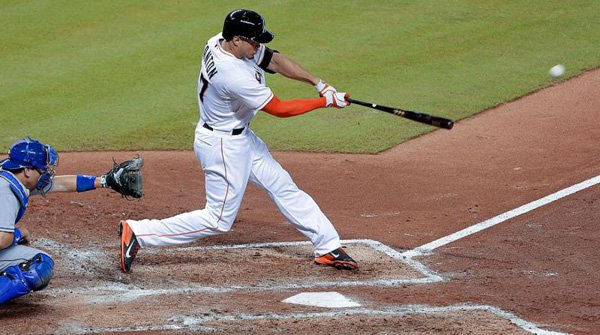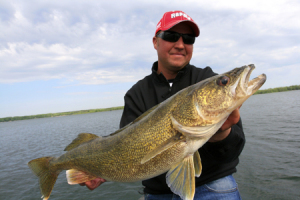Fly Fishing Tips - Why Choosing the Right Fly Rod is Important
Probably the most important piece of fly fishing equipment is the fly rod. Whilst it is perfectly true that you also need a reel, line, flies etc., the rod is the place to invest most of your budget.
In fact most manufacturers and retailers will generally put together a special offer, called a "combo", which will include the reel, line and a few flies so you can buy a complete outfit at a discount.
The most important part of your fly fishing equipment is the fly rod itself, and a combo gives you the opportunity to purchase perhaps a better rod than you might be able to afford if you had purchased the items separately.
The job of the rod is to cast a line. Unlike bait fishing, no weights are added to the line, the line itself has a certain amount of weight built in, often resembling a taper, with the weight biased towards the end of the line so the line can "shoot" through the rod rings on the forward cast.
Casting a fly line involves a number of what are called "false casts". This is to allow more line to be cast, thus achieving greater distance. The first cast is backwards, over the angler's shoulder and called a "back cast". This helps to release more line, but this is not the main purpose to the cast.
Whilst it is certainly true that a back cast allows the angler to let out more line, the main reason for the back cast is to "load" the rod, and this is why so many people struggle when they are learning to cast a fly line.
To achieve good casting distance, it is essential to make a good back cast. By stopping the rod in the vertical position, the line stretches out behind and bends the rod backwards. It is the energy stored in the rod in this way that is released in the forward cast,
An incorrect back cast, in other words back cast where the rod is allowed to travel beyond the vertical, will result in little energy being built up in the rod and the line either landing on the ground, or looping over ones head and landing in a tangle on the angler!
The secret is to stop the rod at the vertical position on the back cast, then wait a second to allow the rod to load before casting forward. As you become more experienced you will feel the rod loading and know exactly when to cast forward.
So this is why it's important to choose the right fly rod. A rod that is too "wooden", in other words inflexible, won't load as well as a rod that is more flexible.
Try and find a retailer with a casting area so that you can try before you buy!
However, before buying any rod, get some lessons! That way you will then know what you should be doing, even if you can't quite yet manage it!
Power Pole Anchor Allow Safe, Secure Shallow Water Anchoring
Eagle Cuda 300 Fishfinder: Expect A Little More


